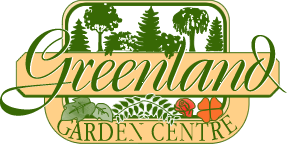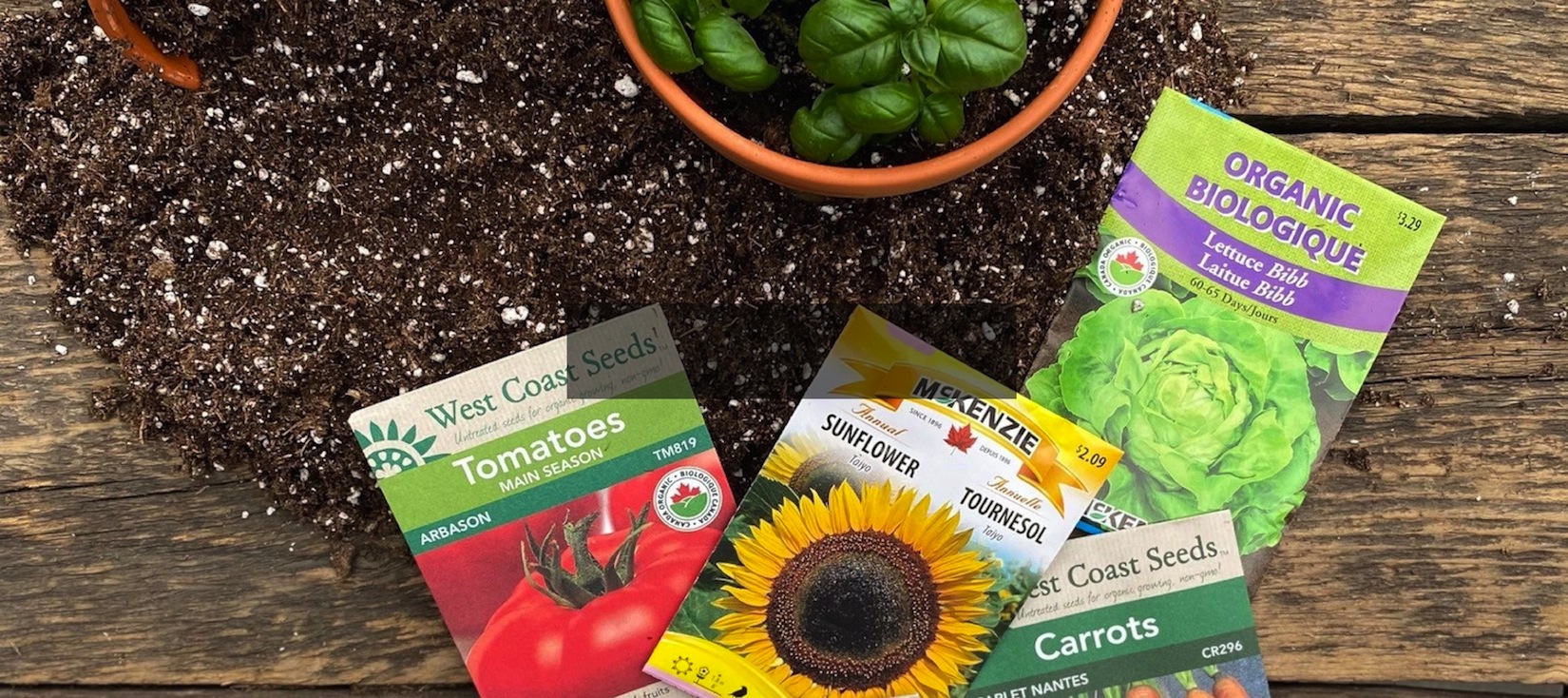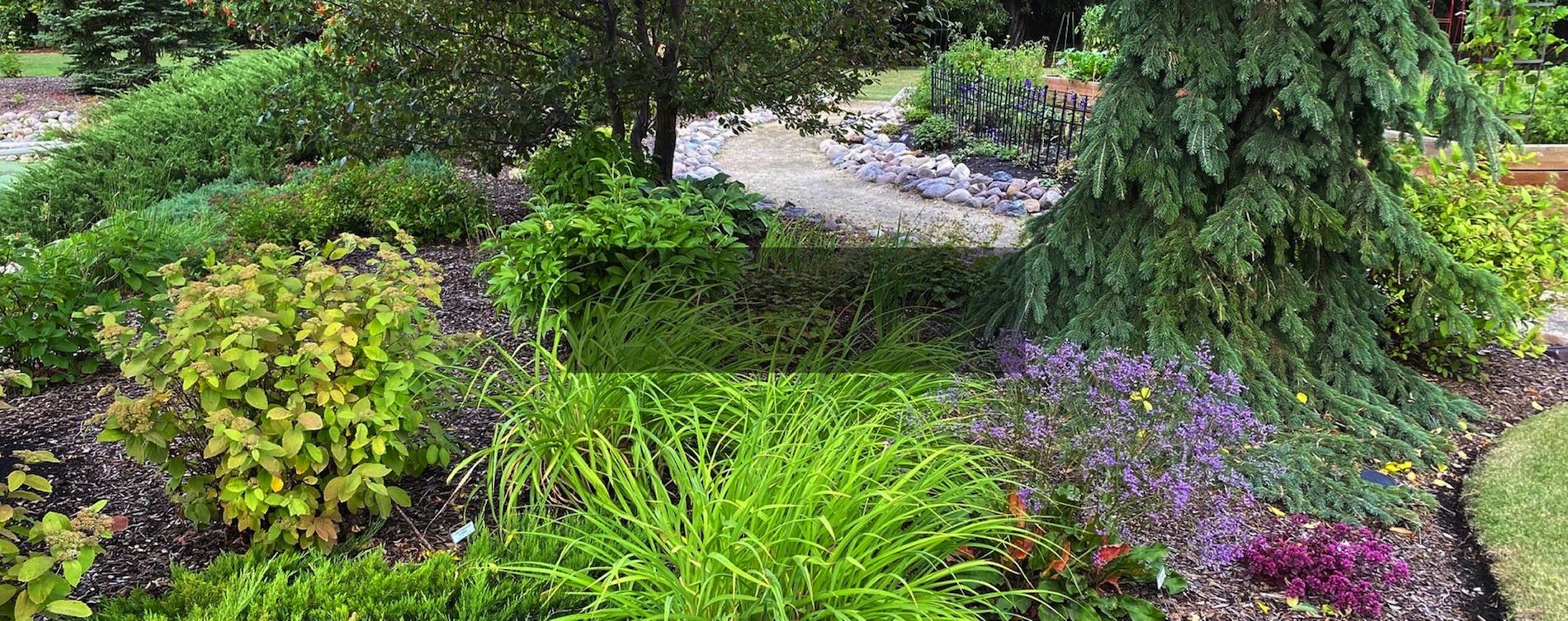Preparing Your Yard for Spring


Pruning
All woody trees and shrubs may be pruned in Spring EXCEPT for:
- Elm – Do not prune Elm in between March 31st and October 30th to help reduce the spread of Dutch Elm Disease.
- Maple and Birch – Prune Maple and Birch after leaves unfurl – otherwise, if they are pruned too early, they will bleed sap.
- Spring Flowering Shrubs – Prune Spring flowering shrubs such as lilac or double flowering plum after they bloom. If they are pruned before they bloom, you are removing this year’s flower buds.

Preparing Soil
Before planting it is imperative to ensure your soil has appropriate drainage and nutrients. To ensure drainage, incorporate LOTS of organic material (if none has been added) such as compost, Sea Soil, coconut coir or peat moss. This improves aeration, drainage and adds nutrients. If soil is exceptionally hard with lots of clay, till in a blend of vermiculite, peat and compost to help aerate the soil.
To enhance nutrients, first test your soil to determine what may or may not be lacking. Greenland carries basic soil test kits to help you determine if any nutrients are lacking. Soil tests will also test pH; an imbalanced pH – under 6.5 and over 7.5 can hinder the plants ability to absorb nutrients and grow properly.

Lawn Care
After dethatching and aerating, apply a spring turf fertilizer such as Scott’s Turf Builder 24-25-4.

Pest & Disease Prevention
- Rake up (or use a Shop Vac) to remove all leaf debris from under and around plants. Insects and fungal diseases both overwinter in the leaf debris.
- Woody trees, shrubs or vines that experienced insect infestations such as mites, scale, aphids or leafhopper should be sprayed BEFORE LEAFING OUT with Horticultural Oil. Woody trees, shrubs and vines that experienced fungal problems such as powdery mildew or Black Knot should be sprayed with Lime Sulphur BEFORE LEAFING OUT.






